This article was medically reviewed by Luba Lee, FNP-BC, MS. Luba Lee, FNP-BC is a Board-Certified Family Nurse Practitioner (FNP) and educator in Tennessee with over a decade of clinical experience. Luba has certifications in Pediatric Advanced Life Support (PALS), Emergency Medicine, Advanced Cardiac Life Support (ACLS), Team Building, and Critical Care Nursing. She received her Master of Science in Nursing (MSN) from the University of Tennessee in 2006.
This article has been viewed 575,259 times.
Sterilizing and disinfecting needles are two different things. While they both decontaminate, disinfecting only reduces the number of bacteria and contaminants and doesn’t guarantee safety from infection. Sterilization, on the other hand, completely removes all bacteria and microorganisms. If you need to sterilize a needle, make sure to take extra care to keep the needle uncontaminated until you use it.
Steps
Preparing to Sterilize the Needle
-
1Wear gloves. Before you handle any needles, you need to wear gloves. If you don't have gloves, make sure you wash your hands (and wrists) thoroughly.[1]
-
2Gather sterilized equipment. When you are sterilizing needles, you need to make sure that you don't contaminate the needle after you sterilize it.
- Use sterilized tongs or spoons to pick the needle out of whatever device you place it in. Don't touch the newly sterilized needle with your hands or gloves. You could have contaminants on them.
- Place the needle in a sterilized container if you are storing it.[2]
Advertisement -
3Wash the needle. Before you sterilize the needle, make sure to wash it. This removes any dirt, grime, or blood left on the needle. This is extremely important if you have used the needle before.
- Make sure to clean inside the needle if it is hollow. Use a clean or sterilized syringe to run water and soap through the inside.
-
4Rinse the needles. After washing the needles with soap or disinfectant, you need to rinse them with sterile water. Make sure to use sterile water instead of distilled water. Distilled water can still contain bacteria. You need to rinse the needles to make sure there are no deposits from the washing left behind.[3]
Sterilizing the Needle
-
1Use steam. Steam is one of the most widely used and effective methods for sterilizing needles. No living thing can survive direct exposure to saturated steam at 250 degrees Fahrenheit (120 degrees Celsius) for longer than 15 minutes.
- Use a steaming pot to do this. Put water in the bottom pot. When it starts to boil, place the needle in the pot with the holes over the boiling pot, then cover it with a lid. Let it steam for at least 20 minutes.[4]
- An autoclave is a tool specifically made for sterilizing needles and other tools by steam. If you need to sterilize needles often and precisely, you may want to invest in one.[5]
-
2Bake the needle. Wrap the needle in multiple layers of clean cloth. Bake the needle for 1 hour at 340 degrees Fahrenheit.[6]
-
3Use fire. Use a gas-fueled fire because they leave less residue behind. Place the needle tip in the flame until it glows red.[9]
- Sterilizing a needle in a flame is good for home use, but doesn't get completely sterile because the needle can pick up contaminants in the air afterward.[10]
- If there are any soot or carbon deposits on the needle, wipe it with a sterile gauze pad.[11]
- This method is effective for removing a splinter, but is not the most sterile. Therefore, it is not recommended for piercing, tattooing, or medical uses.[12]
-
4Boil the needle in water. One way to sterilize a needle is to drop it in boiling water. After you wash and rinse your tools, cover them with water and boil them for 20 minutes. Start counting the 20 minutes after the water has reached a boil.
-
5Use chemicals. You can sterilize a needle by using chemicals. You can soak a needle in medical ethanol, bleach, 70% isopropyl alcohol, or 6% hydrogen peroxide. Make sure they stay submerged for at least 20 minutes before taking them out. If you use drinking alcohol, choose the strongest alcohol you can, such as gin, and allow it to soak for 1 day.[13]
- Clean the needles thoroughly before sterilizing them since even the slightest contamination can prevent the chemicals from working.
- Do not use chemicals to sterilize needles that you’d use inside the womb.
Expert Q&A
Did you know you can get expert answers for this article?
Unlock expert answers by supporting wikiHow
-
QuestionCan I boil my plastic syringes and needles to reuse for cattle?
 Marsha Durkin, RNMarsha Durkin is a Registered Nurse and Laboratory Information Specialist for Mercy Hospital and Medical Center in Illinois. She received her Associates Degree in Nursing from Olney Central College in 1987.
Marsha Durkin, RNMarsha Durkin is a Registered Nurse and Laboratory Information Specialist for Mercy Hospital and Medical Center in Illinois. She received her Associates Degree in Nursing from Olney Central College in 1987.
Registered Nurse
-
QuestionCan these methods be used on clean a needle for re-administering fluids to a dog?
 Marsha Durkin, RNMarsha Durkin is a Registered Nurse and Laboratory Information Specialist for Mercy Hospital and Medical Center in Illinois. She received her Associates Degree in Nursing from Olney Central College in 1987.
Marsha Durkin, RNMarsha Durkin is a Registered Nurse and Laboratory Information Specialist for Mercy Hospital and Medical Center in Illinois. She received her Associates Degree in Nursing from Olney Central College in 1987.
Registered Nurse I don’t know if I would use this technique if your syringe and needle are all one piece, as many subcutaneous syringes are. Subcutaneous syringes can be purchased at the pharmacy with a prescription from your veterinarian; they are sold in small bags of 50 or 100 syringes. Disposable syringes are made to be thrown out after one use. Some disposable syringes can be taken apart, boiled or steamed, and reused several times. But we do not recommend this because needles that are not completely sterilized can spread disease.
I don’t know if I would use this technique if your syringe and needle are all one piece, as many subcutaneous syringes are. Subcutaneous syringes can be purchased at the pharmacy with a prescription from your veterinarian; they are sold in small bags of 50 or 100 syringes. Disposable syringes are made to be thrown out after one use. Some disposable syringes can be taken apart, boiled or steamed, and reused several times. But we do not recommend this because needles that are not completely sterilized can spread disease. -
QuestionHow do I sterilize my diabetic meter?
 Luba Lee, FNP-BC, MSLuba Lee, FNP-BC is a Board-Certified Family Nurse Practitioner (FNP) and educator in Tennessee with over a decade of clinical experience. Luba has certifications in Pediatric Advanced Life Support (PALS), Emergency Medicine, Advanced Cardiac Life Support (ACLS), Team Building, and Critical Care Nursing. She received her Master of Science in Nursing (MSN) from the University of Tennessee in 2006.
Luba Lee, FNP-BC, MSLuba Lee, FNP-BC is a Board-Certified Family Nurse Practitioner (FNP) and educator in Tennessee with over a decade of clinical experience. Luba has certifications in Pediatric Advanced Life Support (PALS), Emergency Medicine, Advanced Cardiac Life Support (ACLS), Team Building, and Critical Care Nursing. She received her Master of Science in Nursing (MSN) from the University of Tennessee in 2006.
Board-Certified Family Nurse Practitioner
Warnings
- Don’t pop a blister. The skin keeps the wound sterile and helps it to heal.⧼thumbs_response⧽
- Avoid touching the ends of the needle after sterilizing it.⧼thumbs_response⧽
- Do not ever attempt to sterilize and reuse a disposable needle. They are not meant to be reused and could transmit deadly infections.⧼thumbs_response⧽
References
- ↑ http://life.familyeducation.com/wounds-and-injuries/first-aid/48284.html
- ↑ http://en.hesperian.org/hhg/A_Book_for_Midwives:Clean_and_sterilize_tools
- ↑ http://www.veterinarypartner.com/Content.plx?P=A&A=3424&S=0&SourceID=69
- ↑ http://en.hesperian.org/hhg/A_Book_for_Midwives:Clean_and_sterilize_tools
- ↑ http://info.painfulpleasures.com/help-center/information-center/sterilization-heat
- ↑ http://en.hesperian.org/hhg/A_Book_for_Midwives:Clean_and_sterilize_tools
- ↑ http://apps.who.int/medicinedocs/en/d/Jwhozip56e/5.2.html
- ↑ http://info.painfulpleasures.com/help-center/information-center/sterilization-heat
- ↑ http://www.webmd.com/skin-problems-and-treatments/understanding-blister-treatment
- ↑ http://info.painfulpleasures.com/help-center/information-center/sterilization-heat
- ↑ http://life.familyeducation.com/wounds-and-injuries/first-aid/48284.html
- ↑ http://info.painfulpleasures.com/help-center/information-center/sterilization-heat
- ↑ http://en.hesperian.org/hhg/A_Book_for_Midwives:Clean_and_sterilize_tools
About This Article
To sterilize a needle, drop it in boiling water and leave it there for 20 minutes. Alternatively, you can wrap the needle in a cloth and bake it in the oven for 1 hour at 340 degrees Fahrenheit. Or, you can place the needle in a steaming pot over boiling water, cover the pot with a lid, and let it steam for 20 minutes to sterilize it. You can also soak the needle in 5% bleach, 70% isopropyl alcohol, or 6% hydrogen peroxide for 20 minutes. For more tips from our Nurse co-author, like how to avoid contaminating a needle after you sterilize it, read on!
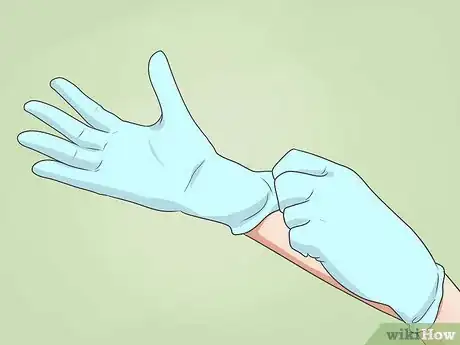

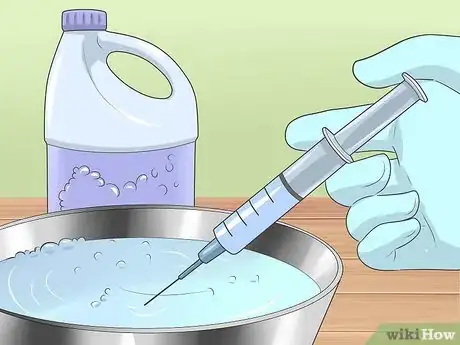
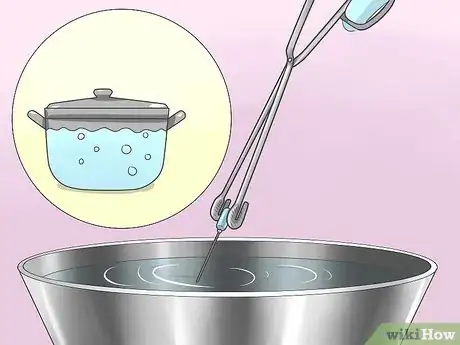
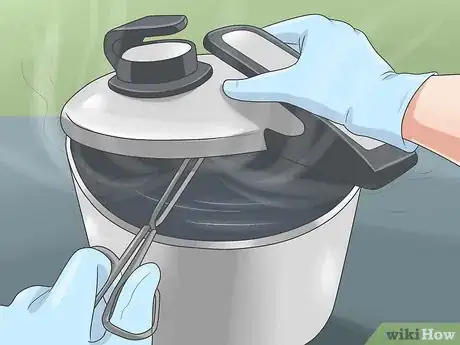
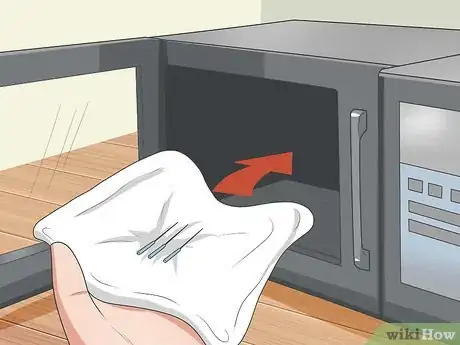

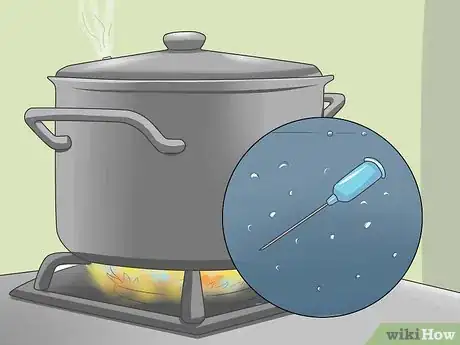
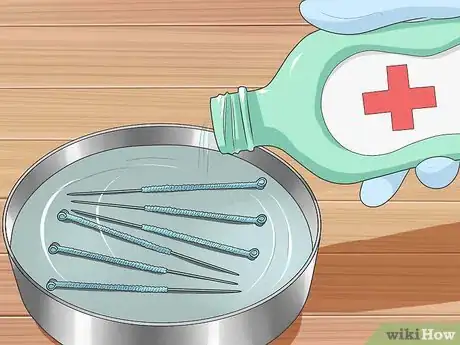
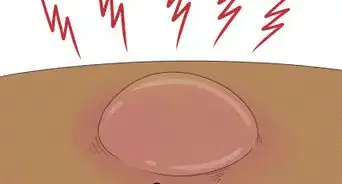
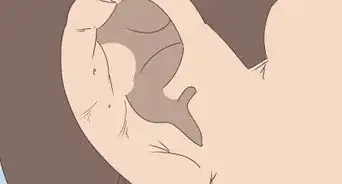

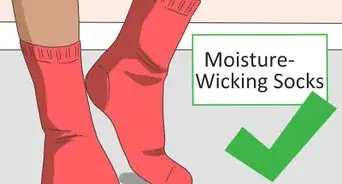


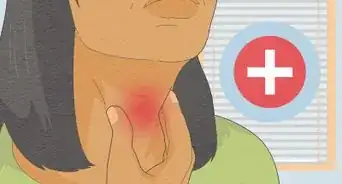

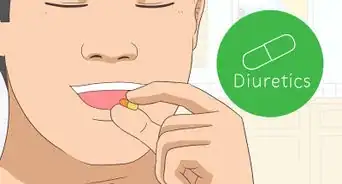











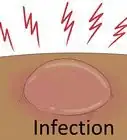






































Medical Disclaimer
The content of this article is not intended to be a substitute for professional medical advice, examination, diagnosis, or treatment. You should always contact your doctor or other qualified healthcare professional before starting, changing, or stopping any kind of health treatment.
Read More...